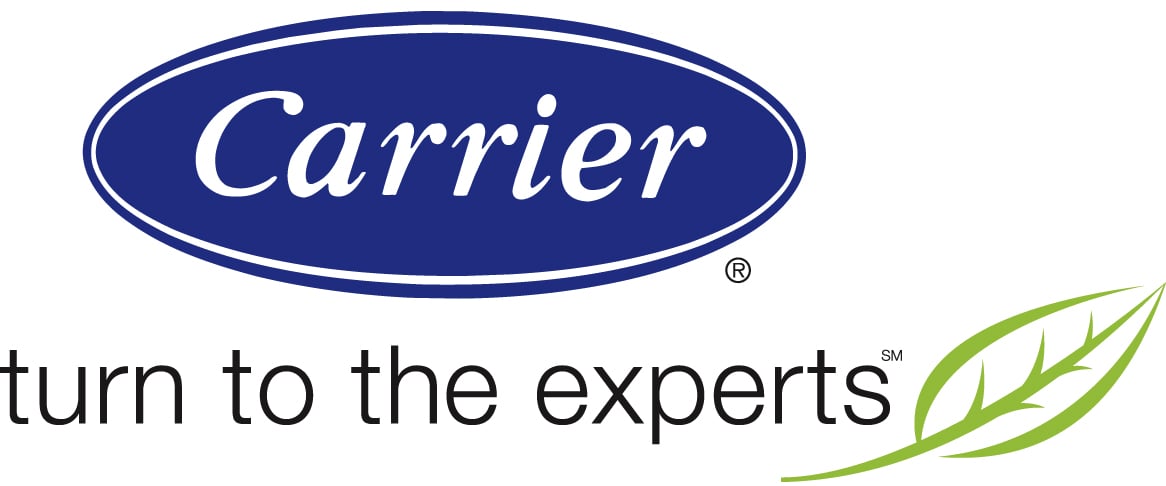
Have you ever adjusted your thermostat setting, only to find that it doesn’t seem to respond? That can be extremely frustrating when you’re hoping for cooling on a humid day or extra heat on a frigid one! Whether your system isn’t running at all, or it seems to be running but you can’t feel cool or warm air coming from your vents, you need to know what to do next.
Here’s a list of the first things to check to see if you can address the problem yourself or if it’s time to call in a pro.
Check Power to the Thermostat
Depending on the type of thermostat you have, you’ll need to check the batteries, the direct-wired connection to the furnace, or both.
“Most new thermostats are digital,” says Keith Hill, manager of technical support at Minnesota Air. “They require a power source to operate. Some take their power from the furnace low voltage power supply – wired directly to the furnace – and some have batteries for their power supply. Some have both, wired power from the furnace and a battery backup so you don’t lose your programming during a power outage.”
If your thermostat uses batteries, check those first. A quick battery replacement may be all you need to be back in business.
If your thermostat is wired, you’ll want to make sure you haven’t tripped a circuit breaker or blown a fuse. Keith says that wired thermostats may have a blank screen if the furnace power is turned off or the furnace circuit is tripped. However, he reminds homeowners to be patient if it’s your AC that’s not responding.
“Sometimes the thermostat is blamed as faulty when the air conditioner doesn’t start immediately on a call for cooling, but it could be a built-in time delay,” he says. “As a protection against short cycling, some thermostats have a built-in time delay that’s built into the air conditioner. Wait 3 or 4 minutes for the delay period to pass before condemning the thermostat.”
Check The Thermostat Mode
It may seem obvious, but make sure you check the mode you have your thermostat set at. If you want your AC to turn on, make sure it’s on ‘Cool,’ and if you want warmth, make sure it’s set to ‘Heat.’ You’d be surprised by how many people accidentally leave their thermostat on ‘Off’ mode waiting for something to kick in.
Check the Temperature Setting
Another obvious thing to troubleshoot, but also easy to overlook, is the temperature setting itself. Keith says that on some digital thermostats, after you make a temperature change, you have to hit the ‘enter’ button or ‘done’ on the screen for the thermostat to accept the change. “Many service calls have been the result of not completing that final step,” he notes.
Check The Calibration and Placement of the Thermostat
If your system is running but it’s not reaching your desired temperature, you may have an issue with the calibration or placement of your thermostat.
According to the Department of Energy, the location of your thermostat can affect its performance. This means it can be affected if there’s a lamp placed too close to it, direct sunlight is hitting it, or there’s a draft from a door or window. If that’s the case, we’ve put together a whole guide to thermostat placement to help you out.
Another issue may be with calibration, meaning the thermostat doesn’t seem to be operating at the correct set point. “You have it set at 74 degrees, but it’s 76 in the house,” says Keith. “Some differential is normal – it’s called a thermostat temperature differential – but it’s usually only a degree or fraction of a degree on modern digital thermostats. If it is consistently higher or lower than the set point, then re-calibration or replacement is required.”
But if the problem is undercooling in the summer, Keith says it may be the AC unit itself, not the thermostat. “Is it running continuously but not maintaining the right temperature? That’s more likely to be an AC problem. If it runs but shuts off too soon, that could be a thermostat calibration issue. Some thermostats can be easily adjusted by a pro, some are better just to replace,” he says.
Have You Joined an Energy Saver Program?
Many utility or power companies offer energy saver programs to their customers. They typically work by giving consumers a discount on their energy use in exchange for permission to shut off the AC during peak periods – or if they have other reasons to lighten the load due to power supply issues.
Keith says this is something you would have signed up to be part of and might have forgotten. You can tell the power company turned off your AC because the fan will be running but the air conditioner will not. “Some power companies have an electrical box with a light (located outside by the air conditioner) that indicates if you are being controlled,” he says.
How Old is Your Thermostat?
Thermostats do wear out. While some can last upwards of 15 years, it’s probably a good idea to think about replacing them after that. Even if your thermostat seems to be working just fine, advances in technology mean you can probably increase the efficiency of your system and lower energy costs by replacing it. And if you’re thinking about buying a new furnace, we recommend you replace your thermostat at the same time. It may save a few bucks to keep the old one, but that minor savings can readily be made up by the long-term savings of a new, more efficient unit.
The new, digital thermostats are much better than the old style mechanical switches or mercury bulbs. Thermostats that contain mercury (you can usually see the little vial of mercury if you peek in the side or top of the unit) were the best in their day but had a 1½- to 2-degree temperature swing (the difference between the off temp and on temp). New electronic thermostats typically operate with a ¾- to 1½-degree swing – even better when matched to a staged or modulating furnace.
But don’t just throw an old mercury thermostat in the trash! They need to be recycled and there’s a process for that. Check here or contact an HVAC professional to recycle an old mercury thermostat.
Know When to Call A Pro
Finally, if you’ve done all the troubleshooting steps above – have checked each setting, made sure there is power, and so on — but your system still isn’t operating properly, it’s time to call in a professional. “They have the tools and skills to determine the problem,” Keith says, “and can verify what it is in just a few minutes.”
Need to find a reliable HVAC pro in your area? Just use our convenient dealer locator.





